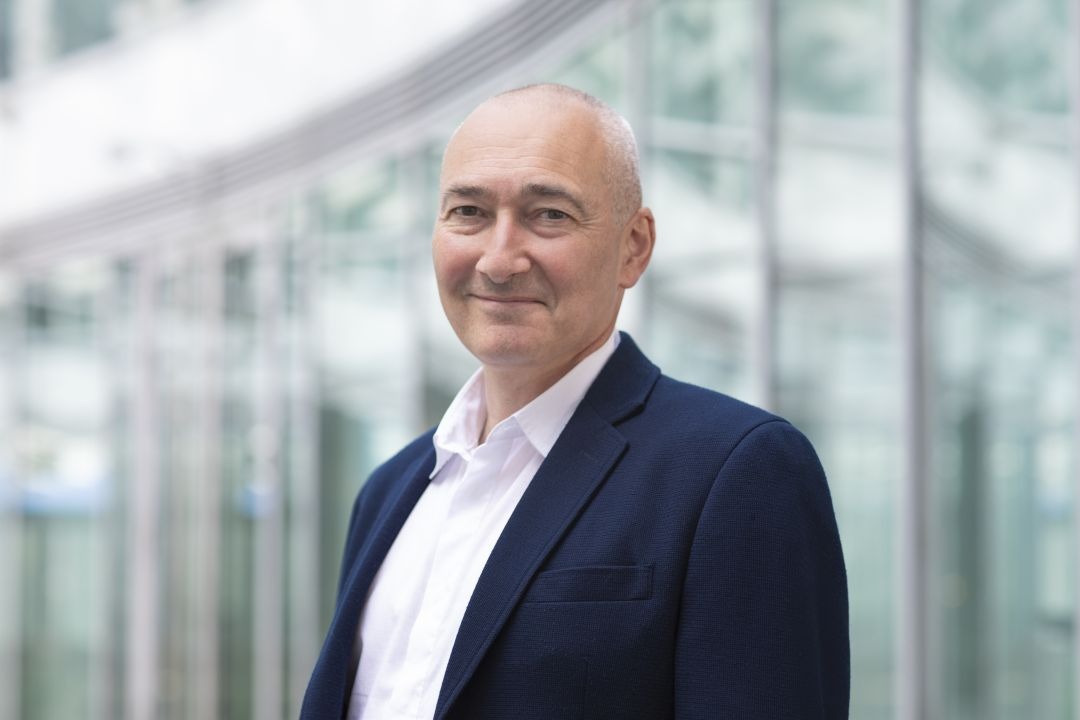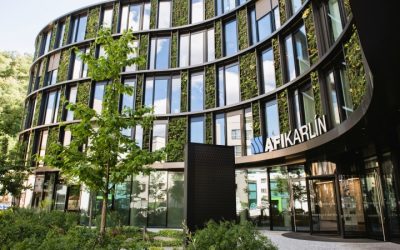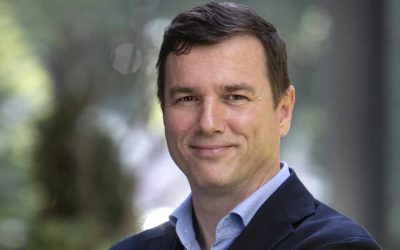Who are you targeting with your photovoltaics business line?
It can be clients who have a building and want to know the possibility of installing photovoltaics on the roof. It could also be for a free land plot adjacent to the building, or photovoltaics (PV) over the parking area. We’ll do an analysis, and then we advise what's possible according to zoning conditions, along with what's possible in terms of timing and legislation. Different types of photovoltaic installations have different regulations. If you’re installing less than 50 kW of peak power (in Poland) the . . .
------------------------------------------------------------------------------
Subscriber content
Archival content is available to subscribers only. If you have a membership subscription and are are experiencing issues logging in, please try the login below:
If you're interested in reading further, why not gain full access to the archives by subscribing?
Order your subscription here and we'll send you an invoice.
Annual memberships (€100/yr) can also be paid for by credit card, or you can pay month-to-month by clicking here.





